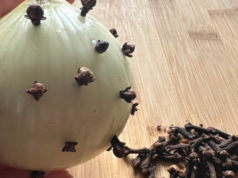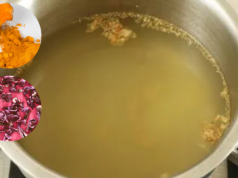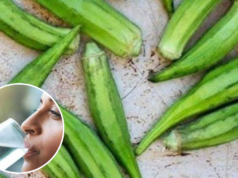How to Grow Broccoli in Containers: A Simple Guide for Home Gardeners 🌱🥦
Broccoli is a nutrient-packed and delicious vegetable that you can easily grow at home, even if you have limited space. Container gardening is a fantastic way to cultivate fresh broccoli without the need for a large backyard. With the right setup and care, you can enjoy homegrown broccoli straight from your patio or balcony.

Step-by-Step Guide to Growing Broccoli in Containers
Step 1: Selecting the Right Container
Broccoli develops deep roots, so you’ll need a container that is at least 12 inches deep and wide. Plastic pots, wooden boxes, or fabric grow bags all work well, as long as they have drainage holes to prevent excess moisture buildup and root rot.
Step 2: Gather Your Materials
Before planting, make sure you have the following: ✔️ A container (12 inches deep and wide) ✔️ High-quality potting soil ✔️ Broccoli seeds or seedlings ✔️ Organic compost or fertilizer ✔️ A watering can or hose with a gentle spray nozzle ✔️ Mulch (straw or compost)
Step 3: Preparing the Soil
Broccoli thrives in well-draining, nutrient-rich soil. Fill your container with a high-quality potting mix and mix in compost or organic matter to enhance soil fertility. Leave about an inch of space from the top to prevent water from spilling over.
Step 4: Planting Broccoli
You can start broccoli from seeds or transplants: ➡️ From Seeds: Sow the seeds 1/4 inch deep and keep the soil consistently moist. Germination usually takes 5-10 days. ➡️ From Seedlings: If using transplants, plant them 18 inches apart to allow room for growth.

Step 5: Watering
Broccoli plants need consistent moisture but should not be overwatered. Keep the soil evenly moist, watering deeply when the top inch of soil feels dry. Water in the morning to allow the leaves to dry throughout the day, reducing the risk of fungal diseases.
Step 6: Fertilizing
Feed your broccoli every 3-4 weeks using an all-purpose balanced fertilizer (organic or synthetic). Be careful not to over-fertilize, as too much nitrogen can lead to excessive leaf growth with smaller broccoli heads.
Step 7: Mulching
Mulching helps retain moisture, regulate soil temperature, and suppress weeds. Apply a 2-inch layer of mulch (straw or compost) around your plants, but avoid covering the stems directly.
Step 8: Sunlight & Temperature Needs
Broccoli grows best in cooler temperatures (45°F-75°F / 7°C-24°C) and requires 6-8 hours of sunlight daily. If your climate is warm, provide partial shade during the hottest part of the day to prevent premature bolting.
Step 9: Managing Pests & Diseases
Keep an eye out for common pests like aphids, cabbage worms, and slugs. You can use natural remedies like neem oil or encourage beneficial insects like ladybugs. Regularly check for fungal infections and remove affected leaves if necessary.
Step 10: Harvesting Your Homegrown Broccoli
Your broccoli is ready for harvest when the main head reaches 4-6 inches in diameter. Use a sharp knife or scissors to cut the head just above the florets, leaving the plant in the container. This allows smaller side shoots to develop, giving you additional harvests.
Final Thoughts
Growing broccoli in containers is a rewarding and space-saving gardening option that allows you to enjoy fresh, organic produce from home. With the right care, you can cultivate healthy, nutrient-rich broccoli that tastes far better than store-bought varieties. Try it out and enjoy the benefits of homegrown vegetables! 🥦🌿









